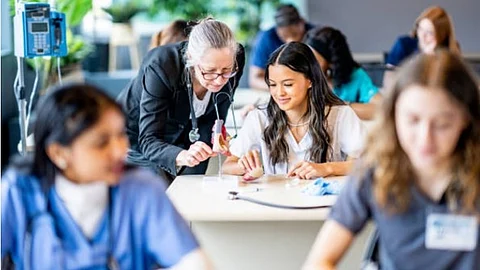Developing Medication Handling Skills
Proper medication handling is essential for patient safety. Simulations allow learners to practice correct steps. This includes calculating doses, checking labels, and understanding interactions. The medication administration simulation reinforces these skills in real-time scenarios. Practice reduces the risk of errors. Learners become more confident with protocols. Training also covers documentation and patient education. Simulation builds safe habits. Medication safety begins with proper training.
Good training prevents medication mistakes. Safe handling keeps patients protected.
Reducing the Risk of Burnout in Training
Stress can lead to burnout, even during education. Simulation offers a low-stress way to learn. Mistakes are met with guidance, not judgment. This encourages exploration and growth. Students feel more supported.
Lower stress levels help keep motivation high. Enjoyable learning leads to better results. Preventing burnout starts with how we teach. A better learning environment supports long-term success. Calm learning creates strong professionals. Lower pressure means better focus.
Simulating the Full Patient Journey
Students often learn procedures in isolation. Simulations can show the entire patient experience. This includes intake, diagnosis, treatment, and discharge. Understanding the full journey improves care coordination. It helps learners see how each role fits together. This creates a holistic view of care.
A full patient experience deepens empathy. It also improves communication across departments. Comprehensive care starts with comprehensive training.
Seeing the big picture improves decisions. The full journey matters to every patient.
Ensure Quality Healthcare Education Through Advanced Simulations
Advanced simulations for healthcare education are changing how we prepare future professionals. Students gain the experience and confidence they need. This is achieved by offering safe, realistic, and flexible training, simulations ensure.
Every aspect of care can be improved through thoughtful practice. This can span from technical skills to emotional readiness. Investing in simulation-based education leads to better outcomes for both learners and patients.
The future of healthcare training is hands-on, personalized, and grounded in real-life scenarios.
This is just the start - dig deeper on the blog.


